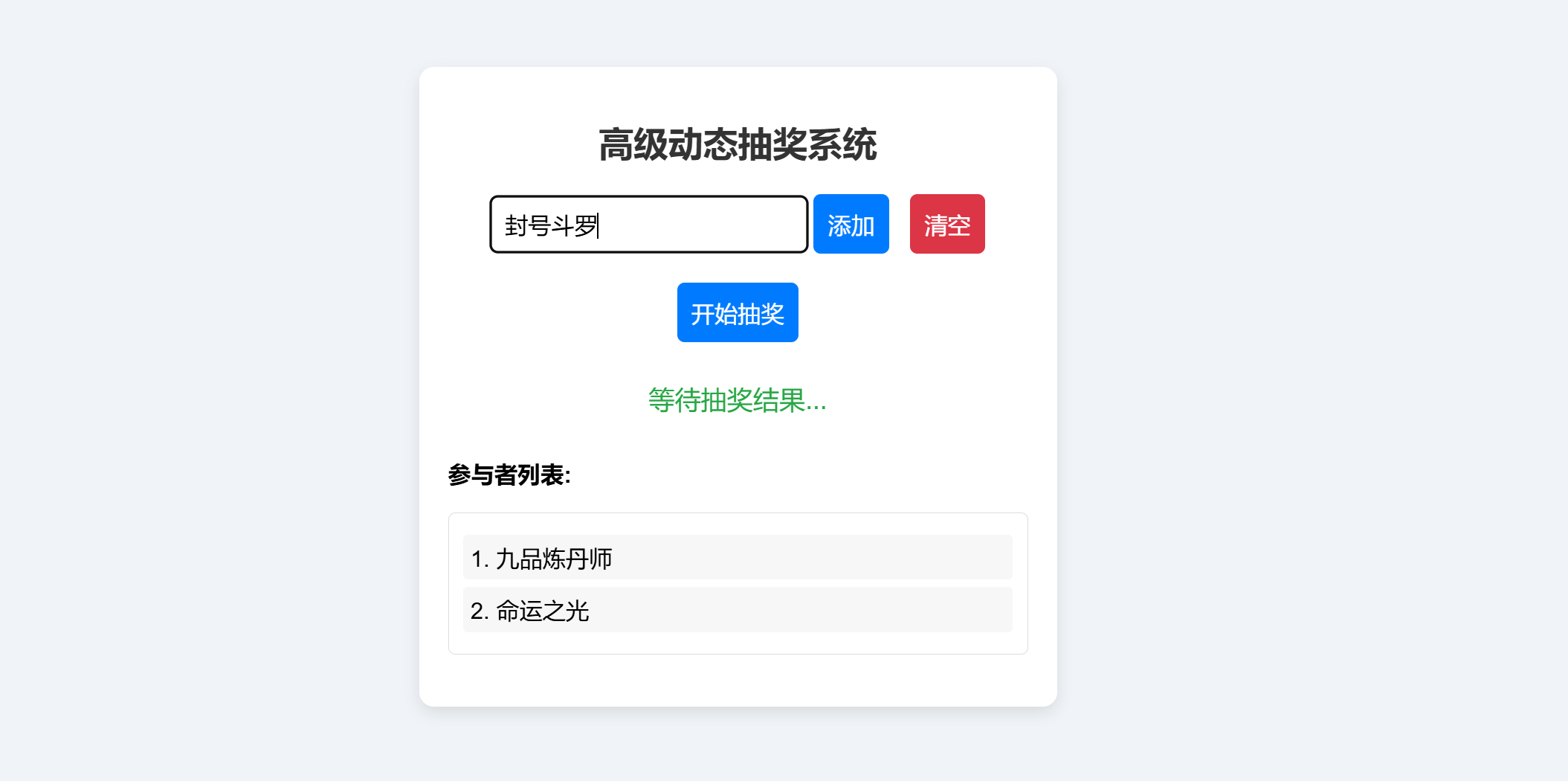全栈程序员站长
作者相关精选
Html动态点击按钮实现“+”和“-”功能
前往小程序,Get更优阅读体验!
立即前往
Html动态点击按钮实现“+”和“-”功能

全栈程序员站长
发布于 2022-07-01 11:04:10
发布于 2022-07-01 11:04:10
4.2K00
代码可运行
举报
运行总次数:0
代码可运行
关联问题
换一批
大家好,又见面了,我是你们的朋友全栈君。
Html动态点击按钮实现“+”和“-”功能

代码语言:javascript
代码运行次数:0
运行
AI代码解释
复制
<!DOCTYPE html>
<html lang="en">
<head>
<meta http-equiv="Content-Type" content="text/html;">
<title>html动态实现加减</title>
<style type="text/css">
.div input{
width: 40px;
text-align: center;
}
</style>
<script type="text/javascript">
function add() {
var num = document.getElementById("num");
num.value=parseInt(num.value)+1;
}
function minus() {
var num = document.getElementById("num");
num.value=parseInt(num.value)-1;
}
</script>
</head>
<body>
<div class="div">
<input type="button" value="+" onclick="add()" >
<input type="text" id="num" value="0">
<input type="button" value="-" onclick="minus()">
</div>
</body>
</html>发布者:全栈程序员栈长,转载请注明出处:https://javaforall.cn/147257.html原文链接:https://javaforall.cn
本文参与 腾讯云自媒体同步曝光计划,分享自作者个人站点/博客。
如有侵权请联系 cloudcommunity@tencent.com 删除
评论
登录后参与评论
暂无评论
登录 后参与评论
推荐阅读
推荐阅读
html5菜单折纸效果
2.1K0
HTML简单注册界面——含表单验证
5.6K0
html 5简易的影片播放器
9490
20.DOM
7590
js生成二维码小工具图片_二维码生成规则
3.8K0
cookie的跨页面传值问题仿购物车案例
1.4K0
JS简单页面交互实战 - 点击按钮实现求和功能
18.1K0
JavaScript-T2
3330
html静态网页:自动出题评分系统
1.3K0
JS 实现点击按钮复制一段文字
11.6K0
相关推荐
jQuery/javascript实现简单网页计算器
更多 >领券
腾讯云开发者

扫码关注腾讯云开发者
领取腾讯云代金券
Copyright © 2013 - 2025 Tencent Cloud. All Rights Reserved. 腾讯云 版权所有
深圳市腾讯计算机系统有限公司 ICP备案/许可证号:粤B2-20090059 深公网安备号 44030502008569
腾讯云计算(北京)有限责任公司 京ICP证150476号 | 京ICP备11018762号 | 京公网安备号11010802020287
Copyright © 2013 - 2025 Tencent Cloud.
All Rights Reserved. 腾讯云 版权所有
登录 后参与评论











